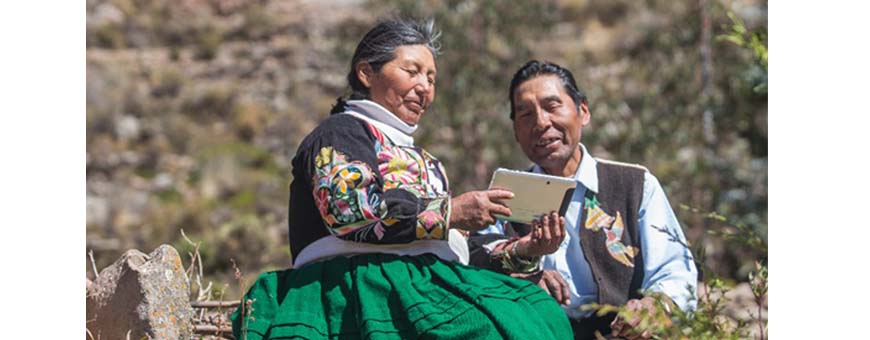 Fernando Menéndez
Fernando Menéndez
The Internet is the most important catalyst for economic and social development. The Internet is both a platform and infrastructure that underpins all our lives, however, half of the global population is still unconnected. Telefónica is aware of it and is committed to offer solutions like bringing Internet to the rural areas so people can enrich their lives and enable them to access a world of possibilities. The company has already invested 45,000 million euros, 25 million euros each day, in connecting more than 80% of Latin America’s population. Telefónica has now partnered with the leading technology company Facebook. Both companies will use innovative technologies and approaches to solve these problems.
The collaboration between Telefónica and Facebook has begun with projects in Peru, where there are more than eight million under- and unconnected people in rural and peri-urban areas, and will expand to apply lessons learned across LatAm. Peru and the broader LatAm region’s varied terrain and harsh climate can increase the cost of connectivity, which is compounded by the fact that today´s mobile internet technology has been designed and optimized for cities and high-density areas.
Being connected to the internet leads to a better quality of life. A report by the World Bank estimates that for every 10 percent increase in high-speed Internet connections in a given country, there is a corresponding 1.3 percent increase in GDP.
Telefónica and Facebook will address these rural and peri-urban connectivity challenges by combining innovative approaches and solutions including using new network technologies (both in access and backhaul); reframing operating models; and involving telecom players in new ways. This includes deploying alternative access solutions like OpenCellular, an open-source, disaggregated wireless access platform that Facebook contributed to TIP to improve connectivity in remote areas of the world.
In addition, both companies will use high-definition population density data sets combined with Telefónica’s business intelligence tools to improve network planning. This population density data combines satellite imagery and census data to understand population distributions and inform where to deploy connectivity solutions.
Collaboration with Project Loon
The “Coastal El Niño” floods and rainfall took place some months ago in Peru and caused serious damage to public infrastructure, including telecommunication networks. In less than 72 hours, Project Loon’s balloons, which fly at 20 Km up in the stratosphere, started to provide mobile Internet connectivity to tens of thousands of people in the most affected areas in the center and northwest of the country, the highlands of Lima, Chimbote and Piura.
This is the first time that a balloon powered Internet has connected tens of thousands of people and it was possible thanks to the partnership between Telefónica and Project Loon to connect people to the Internet in remote areas. The joint trials began in previous months and were focused on integrating Project Loon’s technology into Telefónica’s network, but this was the first wide and successful scale trial directly to people’s phones.








